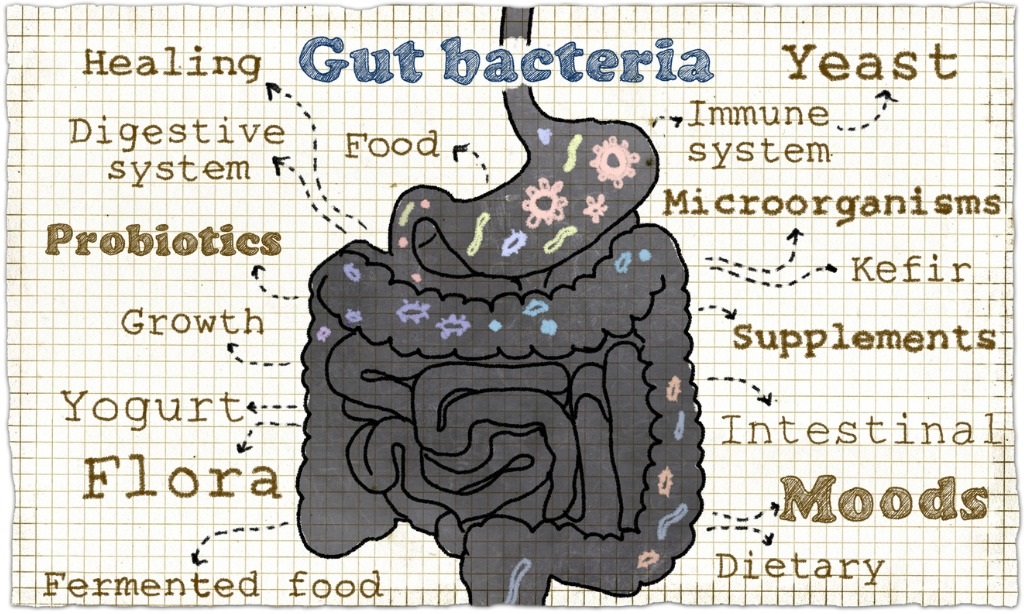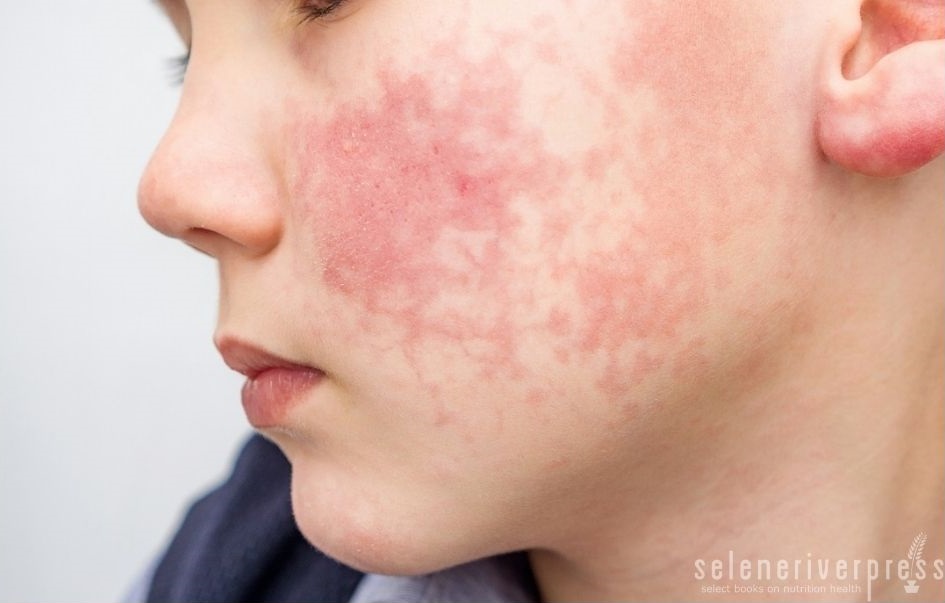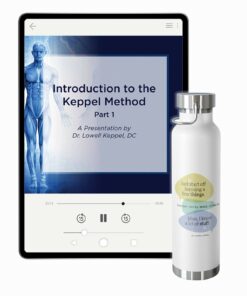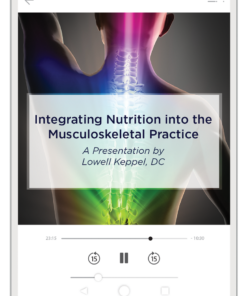Enjoy the latest installment of Dr. Lowell Keppel’s “Good to Know” series for practitioners.
Did you know that, according to the Mayo Clinic, the most common reason to visit a doctor in the United States is—get ready for this—skin disorders. Who would have thought?
Well, skin issues can be a test of patience for both you and your client. Here are a few of the most frequent issues doctors see every day:
- Acne (acne vulgaris): The most common skin disorder in the United States, acne can be a source of anxiety for most teens.
- Atopic dermatitis (eczema): This is one of the most common forms of eczema seen in children.
- Shingles (herpes zoster).
- Hives (urticaria).
- Sunburn.
- Contact dermatitis.
- Diaper rash.
- Rosacea.
- Athlete’s foot.
- Basal cell carcinoma.
It may surprise you to learn that the common denominator with skin issues is the intestines. Let’s take a look at why.
To begin with, the intestines are made from epithelial cells, just like the skin. Now imagine how toxins in the body build up when there is an intestinal issue such as constipation or diarrhea. These toxins cannot pass through the normal route, so they instead are released through the skin, causing rashes, hives, and myriad other problems.
What should you do? I use the Objective Testing method, or what Dr. Wally Schmitt calls Indicator Testing. First, palpate the patient’s intestines for tenderness and rigidity. Ask that they note their level of pain. If the patient reports a 7 (or higher) out of 10, give them a supplement to chew. (In this case, Chlorophyll Complex, Zymex, or Lactic Acid Yeast). Next, repalpate the intestines to see if the supplement reduced the patient’s pain and rigidity.
After you evaluate the function and well-being of the intestines and make sure elimination has improved, you can move on to other factors involved in skin issues.
If you look again at the list above, you’ll notice that the number one reason for a visit to the doctor is acne vulgaris. That’s right, zits!
Here are Dr. Royal Lee’s recommendations for acne vulgaris:
Foundational Support
- Cyro-Yeast (3 per day): contains Catalyn plus Lactic Acid Yeast.
Specific Support
- Thymus PMG (3-9 per day): supports the thymus gland.
- Cataplex E (3-9 per day): promotes the rate of tissue repair.
- Cataplex F Tablets (3 per day): skin integrity factor and calcium diffuser.
- Chlorophyll Complex (3 per day): sex hormone precursors, prothrombin factor, and source of vitamins A, E, F and K.
- Zymex Capsules (6 per day): intestinal detoxifying factor.
- Dermatrophin PMG (3 per day): combats cicatrization and promotes healing.
Notes
Practically every case of acne will benefit from a conditioning detoxification schedule of 6 Zymex per day for at least a week.
The menstruation variety of acne (blemishes on chin and forehead during periods) responds favorably to Chlorophyll Complex.
Cholacol may be necessary to promote absorption of fat-soluble factors.
Dermatrophin PMG is indicated in all cases, but it is particularly specific where lesions heal with scar formation.
Topical application of Chlorophyll Complex is great for reducing pain from cell trauma, i.e. burns and cuts.
Use USF Ointment on dry skin, diaper rash, and hives.
With this arsenal of foundational and specific support, you have everything you need to help your patients with all of their skin issues.
Images from iStock/Evgen_Prozhyrko (main), (TLFurrer) post.





